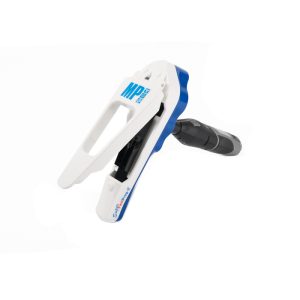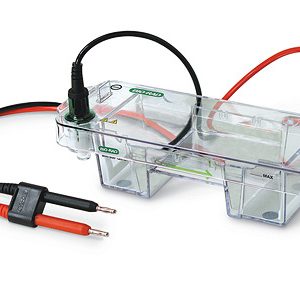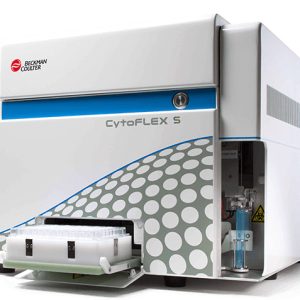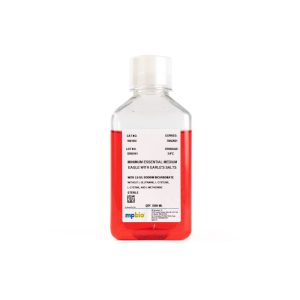Description
Get the best possible results for your daily fluorescence and brightfield imaging applications with outstanding resolution and sensitivity.
These cooled 2.8 megapixel cameras provide a new paradigm for camera image quality through truly innovative design.
Get the acquisition modalities you need for your specific sample with the choice of two cameras: The monochrome DFC7000 GT for demanding fluorescence applications, or the color DFC7000 T developed for both brightfield and fluorescence imaging.
Monitor fluorochromes like DAPI, FITC up to Cy7, with highly sensitive sensors that can detect signals even in the near-infrared range.
Faithful color fidelity with the DFC7000 T uses advanced color interpolation to maintain natural images.
Adapt your imaging for different illumination settings with pre-defined correction matrices
Are you keen on a large field of view? These cameras provide it. Two reasons: One, each camera sensor features 2.8 megapixel with a pixel size of 4.54 µm. Two, Leica Microsystems’ latest generation objectives with low magnification and high-numerical aperture objectives. It’s the combination of both that offers you the large field of view.
Large field of view
You benefit from maintaining a wide dynamic range, because these high resolution cameras are based on a new pixel architecture
You can speed up tile scans and mosaics in case the specimen is still too large for the provided field of view
Capture images at up to 40 frames per second at full resolution and 50 fps with exclusive turbo mode! These cameras will convince you with the quality and speed the state-of-the-art CCD sensor provides.
Position and focus samples without any delays
Easily capture real-time, high-speed time-lapse recordings to collect precise kinetic data labeled with accurate time stamps
The DFC7000 GT camera masters multi-color fluorescence imaging even under really challenging light conditions:
It performs with a maximum quantum efficiency* of > 70%
Vibration-free acquisition is provided by the one-stage peltier cooling system for stunningly crisp images
Effectively eliminate noise* without sacrificing acquisition speed with correlated pixel double sampling
Enjoy using this camera for years and years – its dynamic hotpixel correction keeps up outstanding image quality
Trust the images you get: The specimen can be cooled down or heated up – the camera will always deliver accurate image data. It is designed for environmental temperatures between +5°C and +50°C, a temperature range which has never been possible before.
The Leica DFC7000 cameras can be triggered, so that the entire imaging system with all peripherals can be fine-tuned to meet even the highest standards. Fluorescence specimens are protected from unnecessary light, filter changes take place in the shortest time and new images can be acquired while the current one is transferred to PC.
This is made possible by Leica Microsystems’ powerful LAS X software
Use LAS X either for basic image acquisition and material analysis or for sophisticated acquisition and analysis and benefit from a highly modular, powerful software design
The software platform features an easy-to-use and easy-to-learn graphical interface focused on and adjustable to the needs of the users.
With the Leica DFC7000 cameras, you can use a broad range of LAS X software tools which provide you the best possible documentation for your specimens. You can, but you don’t have to. These advanced camera features can be hidden through a smart user access approach –in a multi-user environment you can make sure inexperienced users have limited access. Show or hide these versatile features:
Continuous analogue gain to enhance even the faint signals seamlessly with finesse
Freely definable black balance to reduce unwanted background of non-specific fluorescence
Image averaging on the fly to eliminate residual noise
Switch between mono-tap and quad-tap read out of the sensor





